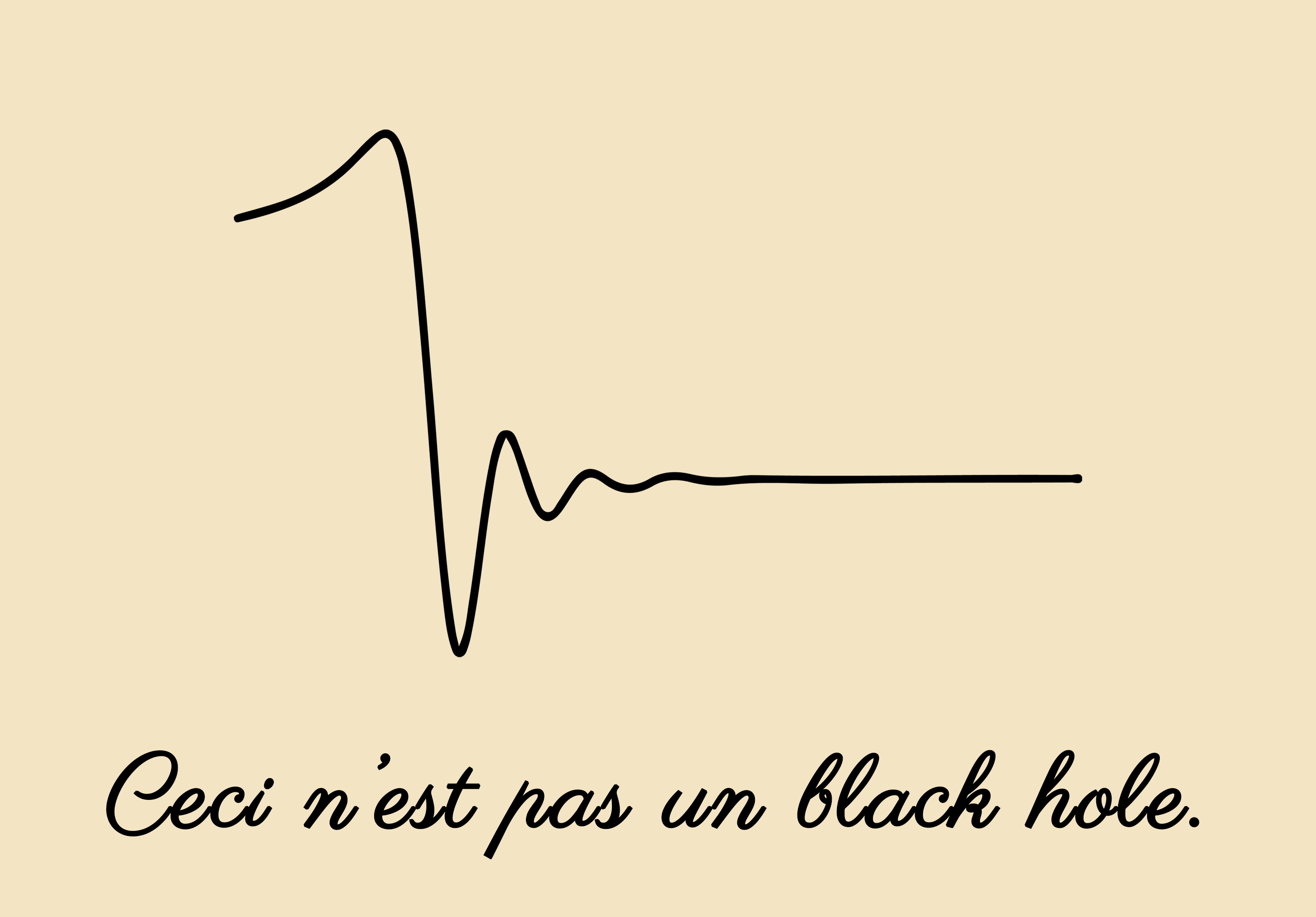In a paper recently published in Nature Astronomy, CENTRA members Vitor Cardoso and Paolo Pani discuss how precision gravitational-wave astronomy can inform us on the nature of dark compact objects, possibly providing the first evidence for quantum gravity.
According to Einstein's theory of General Relativity, a massive star ultimately collapses under its own gravity and forms a "black hole", an object that distorts spacetime so drastically that not even light is able to escape from it. As exotic as they might seem, black holes have become customary in astrophysics and their existence is supported by numerous observations, most notably by the recent detection of the gravitational waves produced during the collision of two dark compact objects. However, the black-hole picture introduces outstanding problems at the theoretical level. Black holes harbor singularities, where Einstein's theory breaks down and loses predictability. Furthermore, the very existence of black holes seems at clash with quantum mechanics, and various models predict that quantum-gravity effects might halt the formation of an "event horizon" as predicted by classical General Relativity.
These models have remained speculative for several years but, as Cardoso and Pani argue, can be now put to the test with current and future gravitational-wave detections. Gravitational waves are ripples of spacetime that carry information about the nature of compact objects, just like the sound waves produced by a drum depend on its properties (the shape, the size, the material). The gravitational-wave signals detected by LIGO end as a "ringdown", which carries information about the very nature of the final object produced in the aftermath of the collision.
In the standard picture, the ringdown gravitational waves are exponentially suppressed in time, the signal is absorbed by the event horizon and dies off quickly. On the other hand, if a black hole does not form due to some quantum effects or to some yet unknown mechanism, the gravitational-wave signal would be initially identical to that from a black hole, but the main "smoking gun" of new physics would be what the researchers dubbed "gravitational wave echoes": radiation can be partly reflected by the object and shows up in the signal as a modulated train of pulses of ever decreasing frequency and amplitude, which are very similar to the echoes detected by sonars.
The signal produced in this scenario can be predicted theoretically. In particular, these echoes appear after a certain delay time that is related to the specific model (for a specific model, listen to the echoes here). The events already detected by LIGO provide the strongest evidence to date for the existence of black holes, but they do not exclude that gravitational-wave echoes lurk within the noise of the detectors. Searches for this effect in LIGO/VIRGO data are currently ongoing and might require an upgrade in the sensitivity of the instruments.
As Cardoso and Pani claim in their paper, hints for new physics at the horizon scale are within reach of current and future gravitational-wave detectors and there is a concrete possibility that some quantum-gravity model can be finally ruled out (or perhaps discovered!) in the near future. Exciting times lie ahead the newborn gravitational-wave astronomy!

